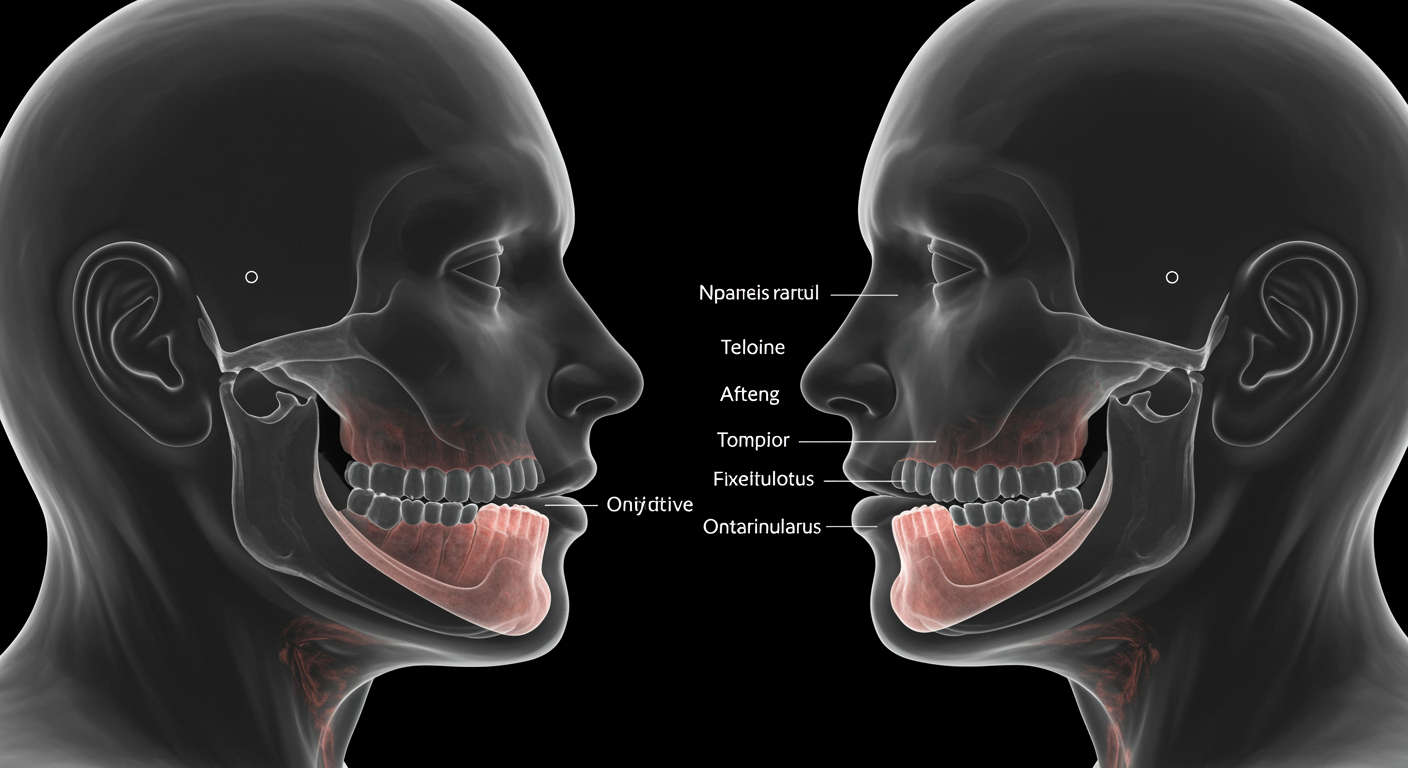Maxillofacial surgery is often touted as a life-changing procedure for individuals with severe dental, facial, or jaw-related issues. But is it always the right solution? This guide dives into the world of maxillofacial surgery, exploring when it’s most effective, alternative treatments, and key considerations for patients and medical researchers alike. Whether you’re grappling with a disorder like TMJ or studying treatment efficacy, this article provides the insights you need to make an informed decision.
What Is Maxillofacial Surgery?
Maxillofacial surgery is a specialized branch of surgery focusing on the jaw, face, and oral structures. It addresses a broad range of issues, including congenital abnormalities, trauma, and disorders like TMJ (temporomandibular joint disorders). Procedures can range from fixing fractured jaws to intricate reconstructive surgeries, often involving collaboration between dentists, surgeons, and orthodontists.
While the results can be transformative, maxillofacial surgery is a significant undertaking, requiring careful consideration of its goals, risks, and alternatives. Let’s break down where this surgical option fits into the treatment landscape.
When Is Maxillofacial Surgery the Best Option?
Maxillofacial surgery is a powerful tool in the medical world, but it’s not a one-size-fits-all solution. Here are the scenarios where it proves most effective:
1. Severe TMJ Disorders
When conservative therapies like physical therapy, splints, and medication fail to alleviate TMJ disorder symptoms like chronic jaw pain and limited movement, surgery might be the best course of action. Surgical interventions aim to restore normal joint function and eliminate pain.
Case Study
A 35-year-old patient suffering from severe TMJ disorder spent years trying non-surgical treatments, including mouthguards and therapy, with limited success. Surgery finally provided relief from decades of pain by realigning the jaw and repairing damaged joint tissue.
2. Cleft Palate and Congenital Abnormalities
Reconstructive maxillofacial surgery is often necessary for individuals born with cleft palate or other congenital jaw deformities. These surgeries improve not only functionality (e.g., chewing, speech) but also appearance, boosting self-esteem.
Case Study
A 10-year-old child born with a cleft palate underwent a series of reconstructive surgeries. Post-surgery, their speech improved significantly, along with their physical appearance, which translated to heightened confidence in social settings.
3. Facial Trauma
For individuals who have experienced facial injuries, such as fractures or damage to the jaw due to accidents, surgery is often the only viable option to restore both function and appearance.
4. Sleep Apnea
For patients with severe obstructive sleep apnea that doesn’t respond to CPAP therapy or lifestyle changes, maxillofacial surgery can be an effective solution. By opening the airway, the procedure dramatically improves breathing and sleep quality.
Patient Story
A 50-year-old man with chronic sleep apnea tried using CPAP machines and other non-invasive treatments but saw limited results. Jaw repositioning surgery allowed him to breathe unobstructed during sleep, significantly improving his quality of life.
Exploring Non-Surgical Alternatives
Before opting for maxillofacial surgery, it’s crucial to consider less invasive methods, particularly for less severe conditions.
1. Orthodontic Treatments
For minor jaw misalignments, braces or clear aligners can gradually adjust the position of the jaw over time.
Patient Story
A 22-year-old college student with a slightly protruding lower jaw avoided surgery by choosing Invisalign. Over two years, orthodontic adjustments corrected her alignment, providing the desired aesthetic and functional outcome.
2. Physical Therapy
Many TMJ disorders can be managed with targeted therapy involving jaw exercises, manual manipulation, and posture correction. This can offer significant relief without surgical intervention.
3. Splints and Bite Guards
Custom-fitted bite guards can alleviate stress on the jaw and reduce teeth grinding, often resolving TMJ-related pain.
4. Lifestyle Adjustments
For conditions like sleep apnea, weight loss and changing sleep positions can reduce symptoms without the need for invasive surgery. Additionally, avoiding triggers like hard or chewy foods can alleviate TMJ pain.
Understanding the Risks and Complications of Surgery
While surgeries like maxillofacial procedures can be life-changing, they are not without risks. It’s essential to weigh the potential drawbacks alongside the benefits:
- Pain and Recovery Time: Maxillofacial surgery often comes with a lengthy recovery period, involving discomfort, swelling, and dietary restrictions.
- Potential Complications: Infection, nerve damage, and scarring are potential risks of surgery.
- Cost: Depending on the procedure, costs can be significant, particularly if not fully covered by insurance.
- Outcome Uncertainty: Even with the best surgeons, there’s no guarantee of achieving a patient’s desired outcome, especially for complex surgeries.
Example:
A patient who underwent corrective jaw surgery for a functional issue experienced prolonged numbness in the lower jaw due to nerve damage during the procedure. Although this is uncommon, it highlights the importance of understanding all possible outcomes.
Factors to Consider Before Choosing Surgery
If you’re contemplating maxillofacial surgery, there are several key factors to evaluate:
- Severity of the Condition: If daily life is being severely impacted, surgery may be a worthwhile option.
- Alternative Treatments Tried: Exhaust non-surgical options before considering surgery.
- Surgeon Experience: Always choose a board-certified surgeon with extensive experience in maxillofacial procedures.
- Long-Term Goals: Align your treatment choice with both short- and long-term wellness goals.
What Do the Experts Say?
Many leading surgeons emphasize the importance of patient education when weighing surgical options. Dr. Alison Cruz, a renowned maxillofacial surgeon, states, “Surgery should never be the first line of treatment unless the condition is life-altering or no alternatives exist. Patients need to be well-informed of both the risks and rewards.”
Medical researchers echo this sentiment, highlighting the importance of a collaborative approach between patients and healthcare teams when considering surgical interventions.
Make the Best Decision for Your Health
Deciding whether maxillofacial surgery is the right path depends on the specifics of your condition, personal goals, and input from trusted medical professionals. While surgery can yield incredible benefits for certain conditions, exploring non-surgical options first is often wise.
Are you considering whether maxillofacial surgery is the right move for you? Speak with a qualified healthcare provider and gather as much information as possible. The key is to make a choice that best supports your overall well-being.





